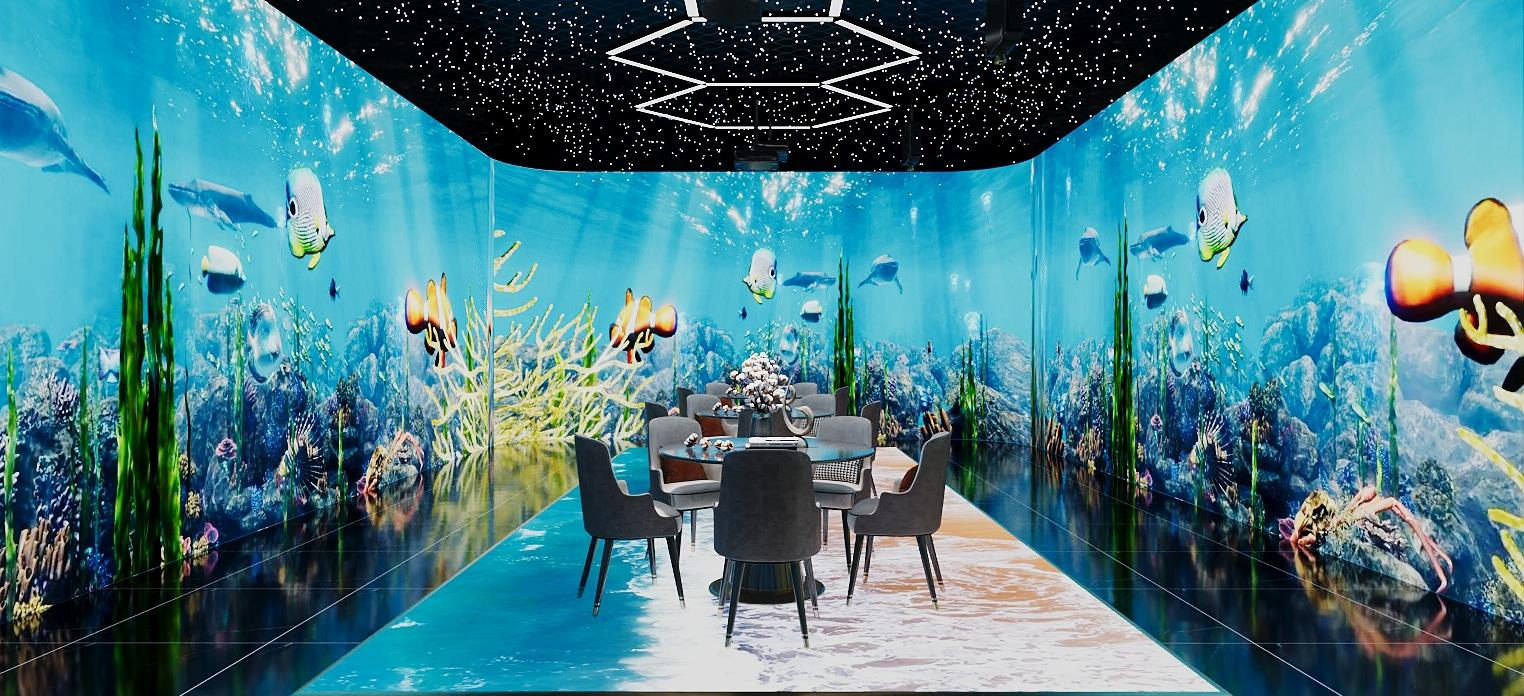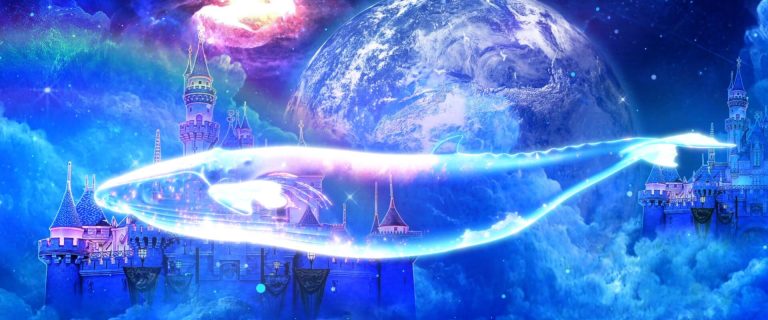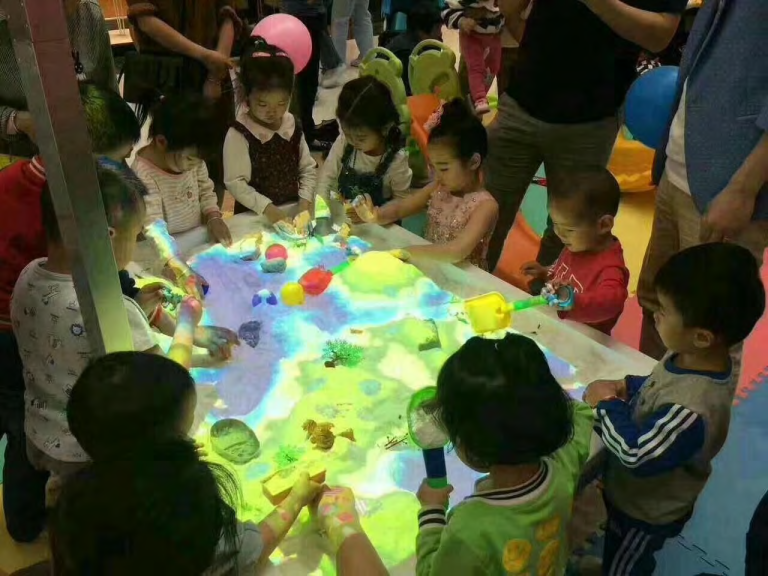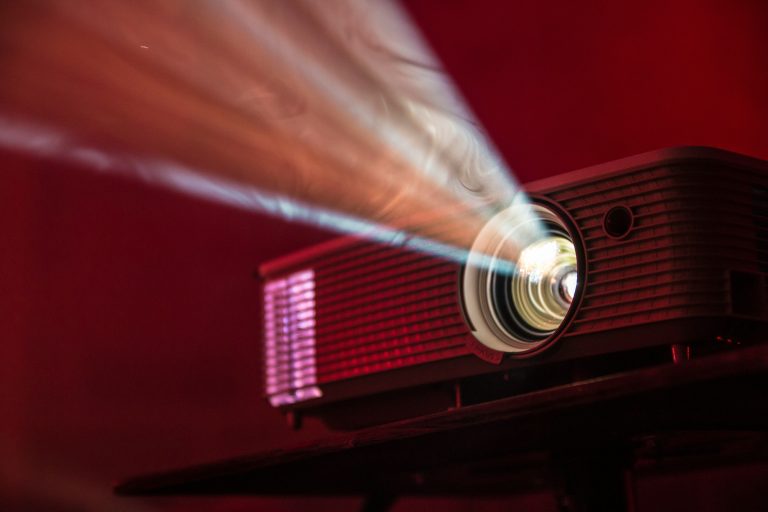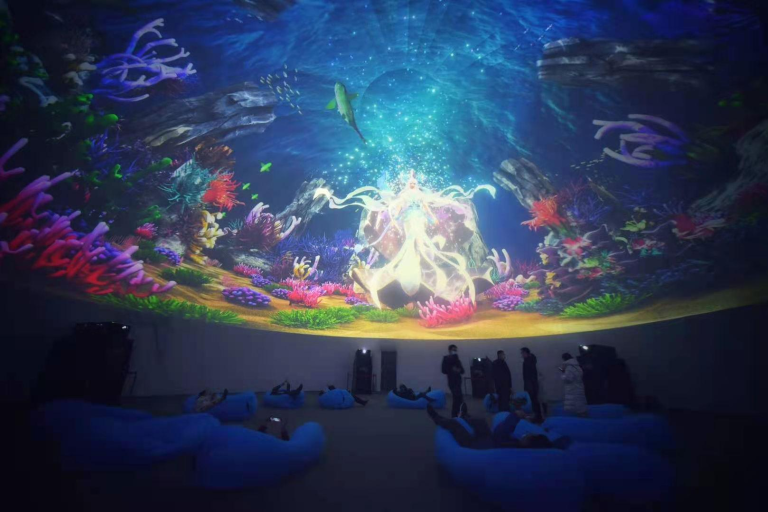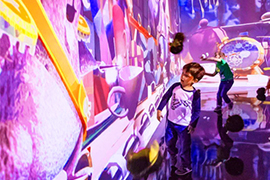Immersive Projection VS Traditional Decoration: Cost-Effectiveness Comparative Analysis
In recent years, the restaurant industry has undergone a seismic shift toward experiential dining, where customers seek not just a meal but a memorable adventure. Driven by the surge of social media and the evolving tastes of Generation Z, this trend has propelled restaurants into a new era of innovation. From Instagram-worthy dishes to immersive environments, dining has become a multisensory spectacle. At the forefront of this revolution is immersive projection technology, which offers dynamic 5D/3D visual spectacles and interactive systems that transform spaces at the touch of a button. In contrast, traditional restaurant decor relies on fixed themes and physical materials, creating atmospheres that, while charming, lack the versatility and novelty of their high-tech counterparts. This article delves into the cost structures, long-term ROI, and market competitiveness of immersive projection versus traditional decoration, providing actionable insights for restaurant owners to make informed decisions.
Immersive Projection: Technology & Components
Immersive projection technology can transform a restaurant into a dynamic and ever-changing environment, captivating diners’ senses. Its core consists of several key components:
Projection System: High-lumen projectors, typically using laser light sources, are essential for creating bright and vivid images in well-lit environments. These projectors ensure that the visual spectacle remains striking, unaffected by ambient light.
Interactive Elements: Sensors are indispensable hardware for achieving interactive effects. They detect guests’ movements, triggering changes in the projections and responding to their presence. The integration of augmented reality (AR) and virtual reality (VR) can transport diners to entirely different worlds, enhancing the immersive experience. Content creation is another crucial component, including 3D animations and custom themes tailored to the restaurant’s cuisine and brand identity.
Projection Content: The theme of the projected content is a vital part of immersive projection. As an integral element of the restaurant’s visual and auditory experience, it must align with the restaurant’s style, cuisine, and ambiance to provide diners with the best immersive dining experience.
Compared to traditional restaurant décor, immersive projection has lower infrastructure requirements. Light-colored walls and flexible layouts serve as a blank canvas for projections, eliminating the need for large-scale physical renovations. This adaptability makes it suitable for various venues, from small cafés to large banquet halls, offering flexible solutions for events of all sizes.
Traditional Decoration: Costs and Limitations
Traditional restaurant décor relies on physical materials and fixed themes, forming a stark contrast to immersive projection. Upfront costs include expenses for materials such as wood, paint, and furniture, which can be quite substantial. Additionally, the labor-intensive design and installation process typically require skilled craftsmanship, further driving up costs.
In the long run, traditional décor presents several disadvantages. Once installed, static themes are difficult to modify, limiting a restaurant’s ability to update its ambiance without significant reinvestment. High maintenance costs can also become a burden due to wear and tear, repair needs, and the inevitable fading of materials over time.
Furthermore, in a trend-driven market where consumer preferences change rapidly, traditional décor can quickly become outdated, posing a market risk. The need for frequent renovations to keep up with evolving tastes may be financially unsustainable for many restaurants.
Cost Breakdown: Side-by-Side Comparison
To provide a clearer comparison, let’s break it down in more detail:
1. Immersive Projection
- Initial Investment: High-lumen projectors, interactive systems, and content creation software represent a significant upfront cost. However, these costs are offset by the minimal need for physical renovations.
- Operational Costs: Ongoing expenses include projector energy consumption, equipment maintenance, and periodic content updates.
- Long-Term Benefits: Scalability, adaptability, and the potential for viral marketing through social media reduce the need for frequent major renovations.
2. Traditional Decoration
- Initial Investment: High costs for materials, design fees, and labor-intensive installation.
- Operational Costs: Regular maintenance, repairs, and redecoration add to ongoing expenses to keep up with trends.
- Long-Term Drawbacks: Inflexibility and the risk of becoming outdated over time lead to higher overall costs.
Market Advantages of Immersive Projection
Immersive projection offers several market advantages that enhance a restaurant’s appeal and competitiveness. The “Instagrammable” experience it provides has viral marketing potential, attracting customers eager to share their unique dining experiences on social media. This organic marketing boost can significantly increase foot traffic and brand awareness.
Additionally, immersive projection enables brand differentiation through customized themes that align with the restaurant’s menu. For example, an underwater theme can complement seafood dishes, while a space-themed ambiance can enhance the futuristic appeal of a modern restaurant. This level of customization is difficult to achieve with traditional décor.
Operational efficiency is another key advantage. Immersive projection reduces the need for physical maintenance, lowering labor and material costs. Moreover, energy-efficient projection systems help reduce electricity expenses, improving overall profitability.
Challenges & Mitigation Strategies
While immersive projection offers significant advantages, it also comes with challenges.
High Initial Cost: The substantial upfront investment can be a barrier, especially for small businesses. To mitigate this, restaurants can consider leasing equipment or implementing immersive projection in phases, starting with key areas like the entrance or a feature wall.
Technical Expertise: Operating an immersive projection system requires a certain level of technical knowledge. Restaurants can partner with professional immersive projection suppliers who provide tailored projection solutions, custom content creation, and technical support.
Content Fatigue: Over time, customers may become bored with the same projection themes. To address this, restaurants can regularly update projection content or introduce seasonal and event-based themes, keeping the dining experience fresh and engaging.
Success Cases
1. Ultraviolet by Paul Pairet
Located in Shanghai, Ultraviolet is the world’s first multi-sensory immersive restaurant, founded by French chef Paul Pairet. It has held three Michelin stars for eight consecutive years. The restaurant utilizes seven high-definition projectors to create a 360° dynamic environment, seamlessly shifting between themes such as deep-sea, forest, and 8-bit gaming. This transforms molecular gastronomy into a multi-dimensional storytelling experience.
The projection system extends beyond walls and ceilings, integrating directly with the dining table. For example, during the lobster course, an oceanic projection theme brings virtual fish that swim along with the movement of the plates. This is further enhanced by surround sound and pinewood scents, completely redefining the traditional fine dining experience. This innovative use of immersive technology has driven the per-person dining cost to ¥6,000, making it a global benchmark for tech-driven dining experiences.
2. Pizza Hut Monet Garden Restaurant
Unlike Ultraviolet, Pizza Hut’s Monet Garden-themed restaurants in China focus on lightweight holographic projection. Using Monet’s masterpiece Water Lilies as a dynamic visual anchor, the restaurant offers tabletop-triggered interactions, such as virtual lotus flowers blooming when a dessert is placed.
By seamlessly integrating projection content into standardized chain restaurant spaces, this modular approach enables low-cost, rapid replication. The concept has resulted in a 35% increase in per-customer spending. Additionally, with over 500 million views on related topics on Douyin (China’s TikTok), the restaurant has successfully broken the perception that immersive art experiences are exclusive to luxury dining, proving that immersive projection can be a viable enhancement for mass-market restaurant brands.
Future Trends & Industry Outlook
With rapid advancements in technology, immersive projection is showing limitless potential in the restaurant industry. In the future, we can expect the rise of AI-driven adaptive projection systems, which will dynamically adjust projection content in real time based on customer reactions and restaurant ambiance, creating a more personalized and interactive dining experience. Additionally, the integration of haptic feedback technology will further enhance immersion, blurring the boundaries between virtual and physical reality.
From a sustainability perspective, immersive projection offers significant advantages over traditional décor. Conventional restaurant decoration often requires substantial physical materials and energy consumption, whereas digital projection achieves aesthetic effects with a much lower carbon footprint. As global awareness of environmental responsibility continues to grow, this advantage will make immersive projection increasingly attractive to the market.
Market forecasts indicate that the global immersive dining industry is expected to grow at a compound annual growth rate (CAGR) of 12% through 2030. This data underscores the vast potential and promising future of immersive projection technology in the restaurant sector. For restaurants seeking innovation and differentiation, embracing this trend and integrating immersive projection into restaurant design is undoubtedly a strategic and forward-thinking choice.
Conclusion
In summary, while immersive projection technology requires a higher initial investment compared to traditional decoration, it demonstrates exceptional scalability and return on investment in an experience-driven market. By creating unique dining environments, enhancing customer engagement, and reducing long-term maintenance costs, immersive projection opens up new opportunities for the restaurant industry.
We encourage restaurant owners to experiment with a hybrid approach before fully adopting immersive projection technology. For example, implementing projection in select areas can help assess its effectiveness and gather customer feedback. This gradual implementation strategy not only minimizes risk but also allows restaurant owners to personally experience the impact of immersive projection, enabling them to make informed decisions about their restaurant’s future.
Finally, if you would like to learn more about restaurant projection solutions or request a quote, feel free to contact us anytime!

